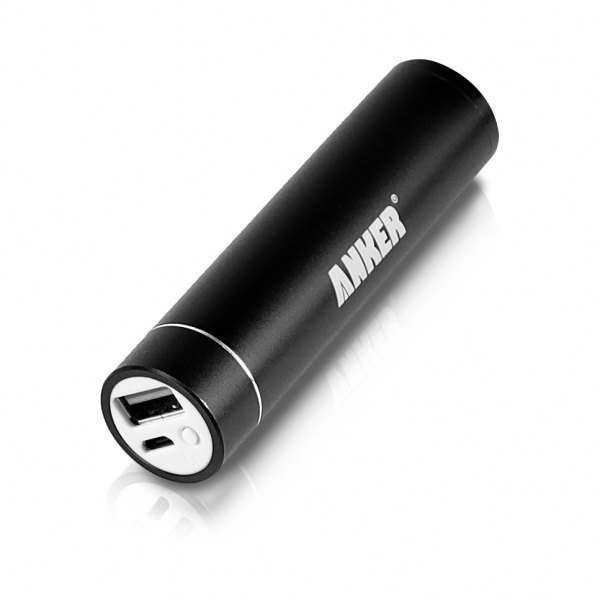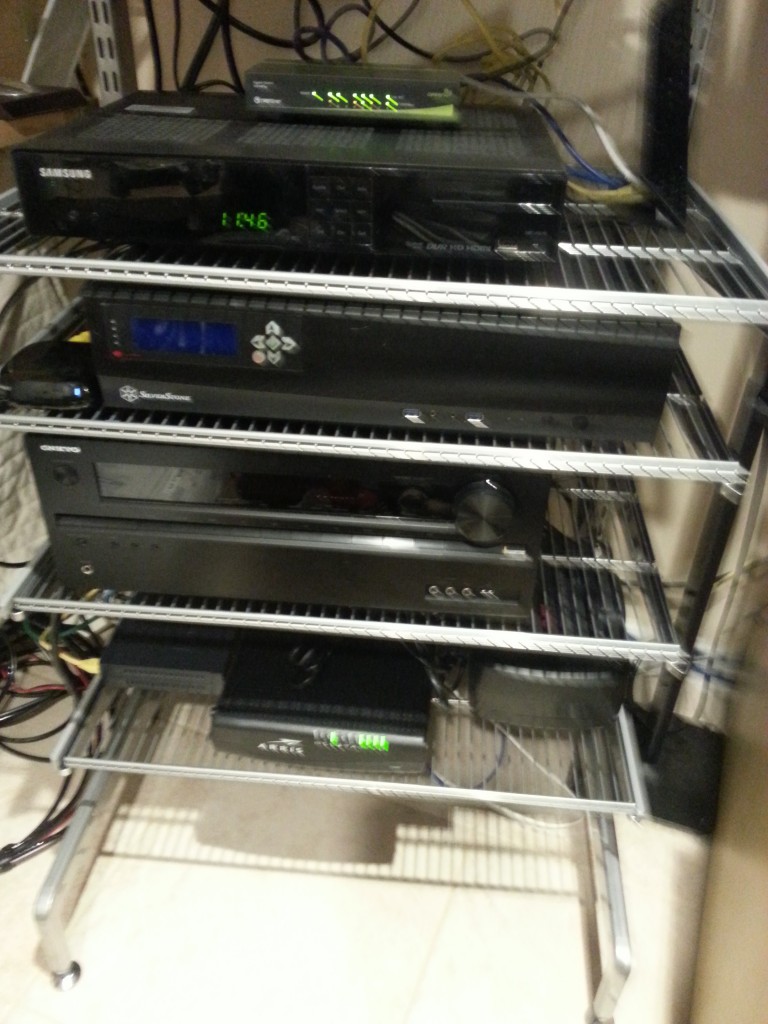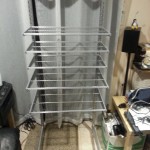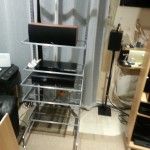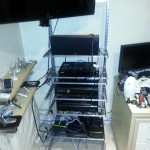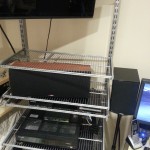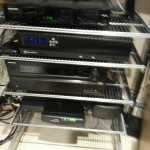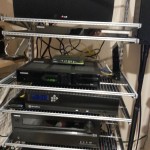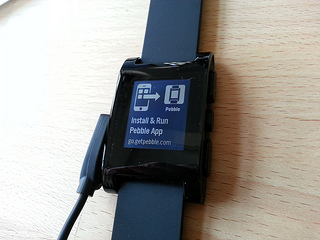
Back in January of 2013, I took a Chromebook challenge, and invited several other members of the Gadget Wisdom family to try the thing out.
This was the $199 Acer C7 Chromebook. This set up Chromebooks as the successor to the old netbook market…the small portable device you took along for productivity, but was not your primary driver.
At the end of that, I concluded it was a solid investment.
So, has anything changed in nearly two years? More manufacturers are making Chromebooks. The gambit runs from the cheaper ones to the ultra-expensive top of the line Pixel, with regrettably, few options midrange.
While the apps aren’t there, Chrome OS does support native apps, and Android apps are starting to come over. With time, the ecosystem will continue to mature. More on this to come.
Related articles
 Chromebooks put pressure on Microsoft(channeleye.co.uk)
Chromebooks put pressure on Microsoft(channeleye.co.uk)
 Deal alert: LTE-supporting HP Chromebook 11 for $50 with Verizon pacts(technologytell.com)
Deal alert: LTE-supporting HP Chromebook 11 for $50 with Verizon pacts(technologytell.com)




 My hometown of New York City has
My hometown of New York City has 



